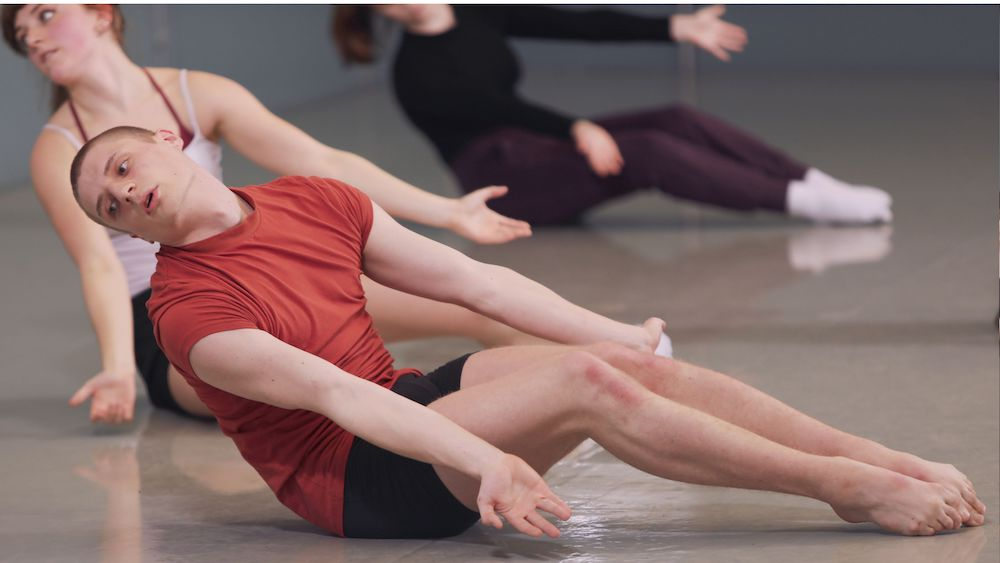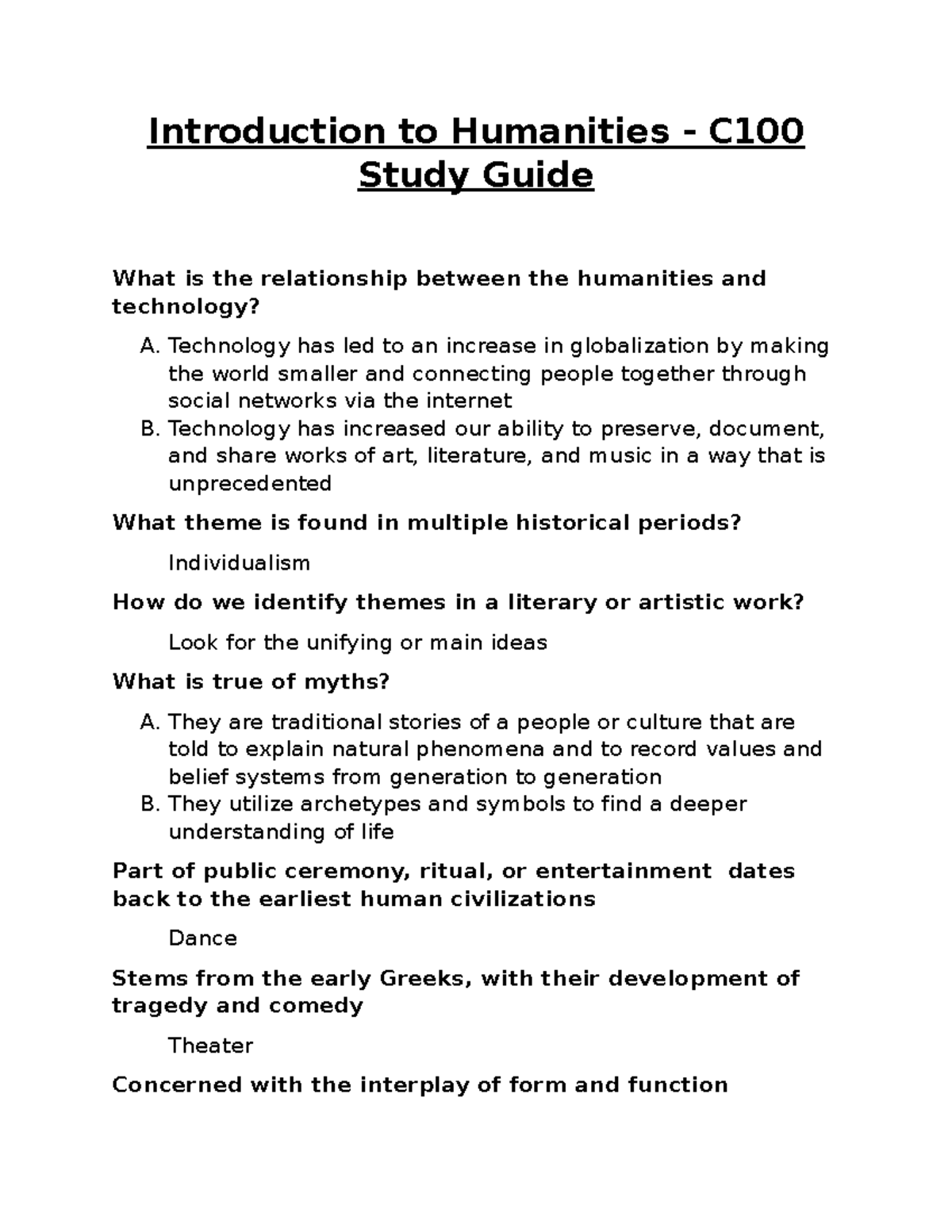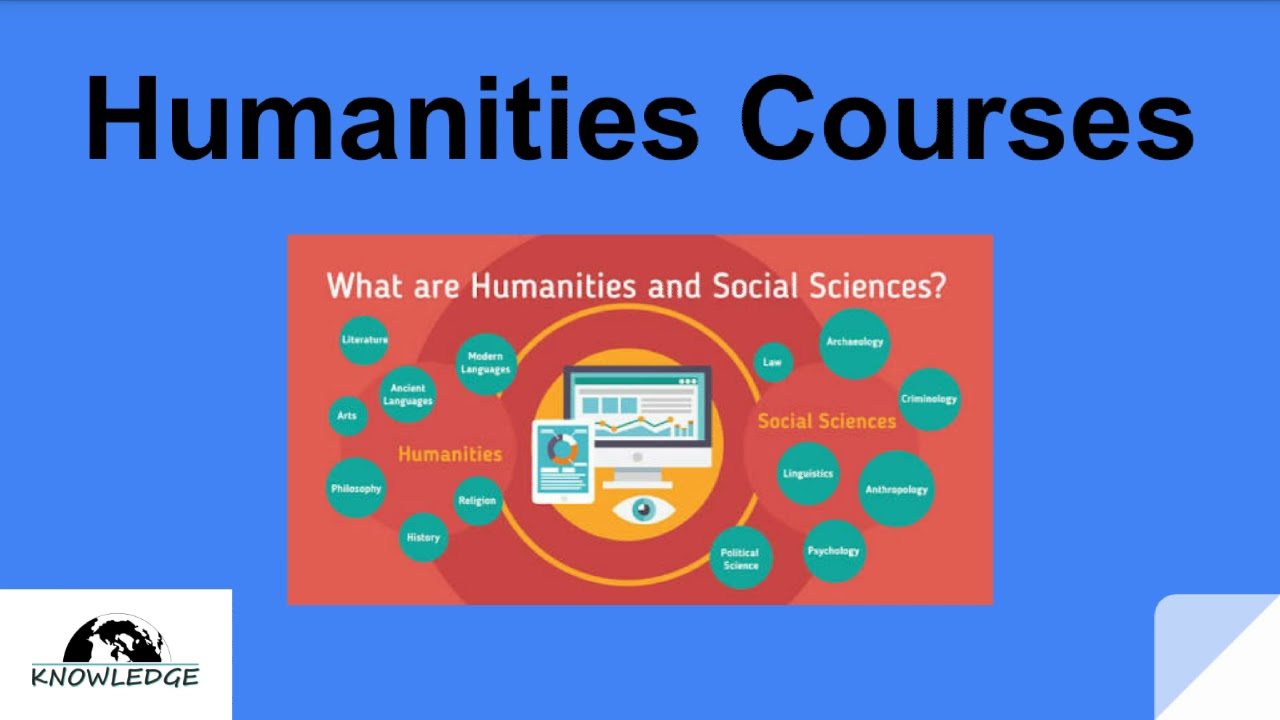Dance techniques serve as the framework for expressive movement, allowing individuals to find release through dance and convey their deepest emotions. Whether it’s incorporating spiritual dancing practices from around the world or mastering modern choreography, understanding key dance tips can elevate your performance. Each movement you make can reflect your innermost thoughts, transforming the floor into a canvas of your creativity. Engaging in dance not only provides physical benefits but also offers a unique way to connect with yourself and those around you. So, whether you’re attempting trance dancing or simply enjoying a freestyle moment, let your body speak and be seen.
When exploring the art of movement, one may refer to various alternative expressions of dance, including kinetic techniques that emphasize emotional release and bodily expression. This engaging form of release can serve as a pathway to spiritual connections, where dancers become vessels for their feelings and energies. Immersing oneself in rhythmic practices, such as trance dancing or expressive forms, enables participants to tap into a reservoir of creativity and joy. By utilizing effective dance strategies, one can effortlessly channel their energies into captivating performances. The essence of dance, in all its varied forms, is to communicate and transform the human experience.
Unlocking Expressive Movement Through Dance
Expressive movement in dance is more than just physical action; it’s an emotional and spiritual release. Dance serves as a powerful conduit for exploring and expressing feelings that are often hard to articulate. By engaging with our bodies through dance, we can uncover layers of emotion that have been bottled up, allowing for a sense of catharsis that can be felt on a deeper level. It’s essential to remember that the beauty of dance lies not in perfection, but in authenticity. Dancers of all levels can experience this freedom by letting go of self-judgment and immersing themselves in the movement.
Moreover, the practice of dance as a form of expressive movement encourages participants to tune into their inner selves. This process invites individuals to engage with the rhythms of their emotions, unlocking creativity and intuition. The act of dancing opens up pathways to the subconscious, often resulting in spontaneous movements that reflect true feelings. Whether it’s through structured choreography or improvisational styles, finding release through dance can yield a sense of inner peace and joy.
The Power of Dance Techniques in Self-Expression
Incorporating various dance techniques can significantly enhance your ability to express yourself. Whether you’re practicing ballet, hip-hop, or contemporary styles, each technique offers unique ways to communicate emotions through movement. For example, ballet emphasizes grace and strength, providing a formal structure that can convey delicate feelings, whereas hip-hop may present a more powerful and explosive outlet for energetic emotions. Engaging with diverse dance styles widens your expressiveness, allowing you to tap into different emotional states and embody them through your body.
Furthermore, honing specific dance techniques not only improves physical capabilities but can also transform the way emotions are experienced and shared. By focusing on technical precision, dancers can learn to articulate subtleties within their movements, which can resonate with audiences on a profound level. Ultimately, the integration of dance techniques can enhance performance, making it more relatable and impactful, allowing for a deeper connection with both the dancer and the viewers.
Finding Release Through Dance: A Spiritual Journey
Finding release through dance can often lead to a transformative spiritual journey. Many cultures around the world embrace dance as a means to connect with the divine or to reach a heightened state of consciousness. For instance, trance dancing, which is particularly prevalent in various indigenous cultures, allows individuals to let go of their everyday inhibitions and tap into a deeper, more spiritual existence. This experience can be likened to accessing a reservoir of happiness and liberation, where the physical expressions of movement align with the spiritual energy flowing within.
To embark on this spiritual journey through dance, one must approach it with intention and openness. Engaging in dance as a form of self-exploration can unveil not just personal truths but also a connection to a greater collective consciousness. The ecstatic state achieved through dance can lead to profound emotional releases, which are often described in spiritual terms, like experiencing the ‘holy ghost.’ By allowing oneself to be fully present in the moment, dancers can discover an exhilarating sense of freedom that transcends the physical body.
Trance Dancing: A Cultural Experience
Trance dancing serves as a bridge connecting physical movement with cultural expression. Originating from various spiritual and cultural backgrounds, trance dancing involves rhythms and movements that allow participants to enter a different state of consciousness. In this context, the act of dancing transcends mere physical expression; it becomes a powerful ritual for connection, reflection, and healing. Many cultures utilize trance dancing as a form of community bonding, where individuals gather to engage in a collective experience that enhances their sense of belonging.
This cultural experience can be deeply transformative, as it encourages individuals to step beyond the mundane aspects of life and embrace a more spiritual existence. Participants often lose themselves in the music and movement, fostering a sense of unity with the universe. In these moments, the dancer’s physical body becomes a vessel for greater energies, allowing for an exploration of both personal and communal narratives through rhythmic expression. Trance dancing exemplifies how art and culture can come together to create deeply impactful experiences.
Dance Tips for Enhanced Performance
To elevate your dance performance, mastering a few essential tips can significantly impact your experience and expression. First, it’s crucial to warm up your body adequately before engaging in any dance practice. A proper warm-up increases blood flow and prepares your muscles for the activity ahead, helping to prevent injuries and improve performance. Alongside physical preparation, mental readiness is equally important; cultivating a positive mindset can help you focus on the joy of movement rather than the pressure to perform flawlessly.
Another invaluable dance tip is to find a space where you feel comfortable to explore movement freely. This could be in a studio, at home, or outdoors. Embracing the environment allows you to connect with your body and mind authentically. Additionally, practicing regularly and allowing yourself the freedom to express emotions through dance will help enhance your skills and confidence. Remember, the ultimate goal is to enjoy the act of dancing and the liberation it provides, making every session a step towards deeper self-expression.
Embracing Spontaneity in Dance
Embracing spontaneity in dance is integral to experiencing its full expressive potential. Often, dancers feel pressured to conform to certain styles or expectations, which can stifle creativity. However, allowing yourself the freedom to move impulsively can unlock new avenues for self-expression. Spontaneity invites you to listen to your body’s instincts and respond in the moment, creating an authentic performance that resonates with both the dancer and the audience. This approach can transform rehearsed movements into a dynamic expression of your current emotional state.
Moreover, spontaneity fosters a connection with your inner self during the dance process. It encourages you to shed self-doubt and focus on the joy of movement itself. This liberating practice can lead to dance experiences where you feel truly free, resulting in a profound connection to your body and spirit. As you experiment with spontaneous movements, you may discover hidden talents or aspects of your personality that you never knew existed. In this way, dancing becomes a journey of exploration and discovery, rather than just a performance.
The Role of Dance in Mental Health
The role of dance in enhancing mental health cannot be underestimated. Engaging in physical activity, especially through dance, releases endorphins that help elevate mood and reduce feelings of stress and anxiety. Dance provides a unique outlet for individuals to express their emotions and experiences, offering a tangible way to channel feelings that might otherwise go unaddressed. People who partake in dance often report significant improvements in their overall mental well-being, as they find solace and joy in the rhythm and movement.
Additionally, dance can act as a form of therapeutic expression, fostering a deeper connection to one’s emotional landscape. For those who have difficulty verbalizing their feelings, dance serves as an intermediary for communication. Participating in dance therapy can lead to breakthroughs in personal understanding and healing. The blending of physical movement with emotional expression allows individuals to process feelings and experiences in a safe and supportive environment, highlighting the transformative power of dance as a tool for mental health.
Dancing as a Form of Personal Liberation
Dancing can serve as a transformative act of personal liberation, allowing individuals to break free from societal confines and expectations. Through movement, dancers can explore their identities, express their innermost thoughts, and reclaim ownership of their bodies. This act of liberation is not merely physical; it is deeply emotional and spiritual as well. Engaging in dance enables participants to confront their fears and anxieties, fostering a sense of power and confidence that transcends the dance floor.
Moreover, the act of dancing allows one to reconnect with the authentic self often drowned out by the noise of daily life and societal pressures. Through dance, we can celebrate our uniqueness and individuality, fostering an environment where we can unapologetically be ourselves. This personal liberation can inspire others to do the same, creating a ripple effect that encourages openness and honesty in a world often constrained by norms and expectations.
Connecting with Community Through Dance
Dance is not only a personal journey; it also serves as a powerful medium for fostering community and connection. Groups that participate in dance can form bonds that go beyond mere social interactions—the shared experiences in movement can lead to deeper relationships. Communities centered around dance often create inclusive spaces where individuals from various backgrounds come together to express their individuality while simultaneously enjoying a strong sense of belonging. This collective engagement enhances the cultural fabric and vibrancy of the community.
In addition, community dance events can provide opportunities for collective healing and empowerment. Through group performances, participants can share stories and narratives that resonate with their experiences, strengthening the communal spirit. This connectivity emphasizes the idea that while each dancer has their unique story to tell, the collective experience of movement unites us in various ways—regardless of background or experience. Through dance, communities can create meaningful connections, uplift one another, and celebrate diversity.
Frequently Asked Questions
What are effective dance tips for beginners?
To start dancing, focus on basic steps, maintain a relaxed posture, and allow your body to express emotions. Experiment with various dance techniques, such as expressive movement, to discover your unique style. Incorporating the practice of spiritual dancing can enhance your performance, making the experience more fulfilling.
How can I find release through dance?
Finding release through dance involves letting go of inhibitions and allowing your body to move freely. Techniques such as trance dancing, where you focus on rhythm and allow the music to guide your movements, can help achieve a state of flow, resulting in emotional and physical liberation.
What is trance dancing and how can it enhance my dance techniques?
Trance dancing is a method where dancers immerse themselves in music and rhythm, often reaching a state of euphoria or spiritual connection. This practice enhances dance techniques by encouraging uninhibited movement, allowing dancers to connect deeply with their emotions and elevate their overall performance.
How does expressive movement impact my dance practice?
Expressive movement is vital in dance as it allows you to convey emotions and tell stories through your body. By incorporating techniques of expressive movement into your routine, you can create a deeper connection with your audience, making your performance more impactful and memorable.
What benefits does spiritual dancing offer?
Spiritual dancing helps promote emotional release, personal introspection, and a greater sense of connection to oneself and the universe. Embracing this form of dance can lead to enhanced creativity, increased mindfulness, and a powerful tool for finding release through dance.
| Key Point | Explanation |
|---|---|
| Dance is about visibility | Dance allows individuals to express themselves and be seen, contradicting societal expectations of invisibility. |
| Catharsis through movement | Finding joy in dancing can release pent-up emotions, akin to achieving clarity in writing. |
| Trance and spirituality | The practice of djine foly in Mali shows how dance can lead to trance-like states of happiness and spiritual connection. |
| Release inhibitions | Learning to dance involves freeing oneself from the pressure to perform perfectly and embracing joy in movement. |
Summary
Dance techniques are more than just movements; they embody expression, freedom, and connection. In this exploration of how to “dance like somebody’s watching,” we see that dancing is fundamentally about being visible and authentic. Techniques encourage individuals to unlock their emotions, reach trance states, and connect spiritually through movement, emphasizing the importance of joy over perfection. The journey into dance allows all participants to release their inhibitions and embrace the cathartic experience that comes with truly letting go.




